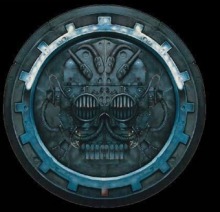Lubyak wrote:
I wouldn't worry about it too much. To be frank, no one is going to care about the exact distance from your star that your worlds orbit, and the same number will care about whether your worlds lie in the habitable zones.
Indeed.
Honestly, you can slap your orbital worldship in a tenth of Mercury's orbit and it'll just be a more interesting setting as your characters comment on the beauty of the star's CMEs.










